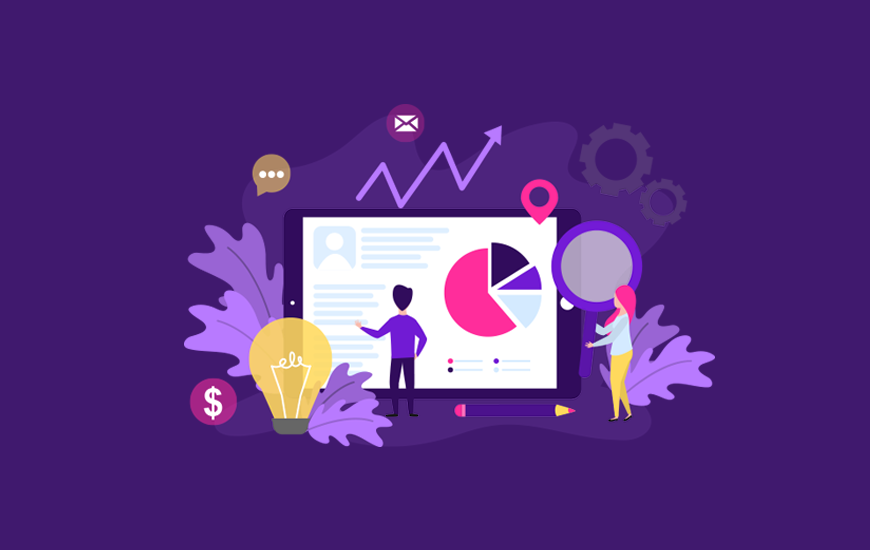
Best Practices for Optimizing App Performance and Speed
By Udit Agarwal

In the competitive app development world, performance and speed are paramount to delivering a positive user experience. Users need more patience for sluggish apps that drain their device’s resources. Therefore, optimizing app performance is a crucial aspect of development. Below, we delve into critical best practices developers should follow to ensure their apps are fast, responsive, and efficient.
1. Efficient Code and Architecture for Optimizing App Performance:
Writing clean and efficient code lays the foundation for good app performance. Employ modular and organized coding practices to improve readability and maintainability. Avoid unnecessary code repetitions and keep the codebase lean by removing unused features or libraries. A well-architected app with separate concerns enhances performance and allows for easier debugging and enhancements.
2. Minimize Network Requests for Optimizing App Performance:
Network requests can introduce significant delays. Minimize the number of requests using data batching, compression, and caching techniques. Implement lazy loading for assets and images and prioritize critical content to load first, creating the perception of a faster app.
3. Optimize Images and Assets:
Large images and uncompressed assets can significantly slow down an app. Use image compression techniques, choose appropriate image formats (e.g., JPEG for photographs, PNG for transparent images), and provide multiple sizes for different screen densities. Utilize vector graphics where possible, as they scale without losing quality.
4. Asynchronous Operations:
Perform long-running tasks such as network calls and file operations asynchronously to prevent blocking the main thread. It keeps the app responsive and smooth, preventing user frustration due to unresponsive interfaces.
5. Memory Management:
Improper memory management can lead to crashes and performance degradation. Utilize memory profiling tools to identify memory leaks and optimize memory usage. Dispose of objects when no longer needed and implement techniques like object pooling to reuse resources.
6. Code Profiling and Optimization:
Regularly profile your app’s performance using tools like Xcode Instruments (for iOS) or Android Profiler (for Android). Identify performance bottlenecks, such as CPU-intensive tasks, memory usage, and slow-loading screens. Optimize critical sections of code to improve overall app responsiveness.
7. UI/UX Optimization:
A smooth and responsive user interface is crucial for user satisfaction. Implement smooth animations and transitions, but avoid excessive energies that can lead to UI jank. Prioritize critical actions, such as button presses, over less essential spirits.

8. Background Processing:
Move non-essential tasks to background threads to avoid blocking the main line. However, be cautious with background tasks, as they can still impact battery life and overall system performance.
9. App Updates and Maintenance:
Regularly update your app to fix bugs and implement performance optimizations. Operating systems and devices evolve, so staying up-to-date with the latest APIs and best practices is essential for maintaining app performance over time.
10. Testing and Profiling:
Thoroughly test your app on various devices, OS versions, and network conditions. Use emulators and physical devices to simulate real-world usage scenarios. Continuously profile your app’s performance during development and address any issues promptly.
11. Reduce Third-Party Dependencies:
While third-party libraries can expedite development, they can also introduce overhead. Only include dependencies that are essential and well-maintained. Regularly update libraries to benefit from performance enhancements and security fixes.
12. Offline Support:
Implement offline functionality where feasible. Allow users to interact with the app even when not connected to the internet. It can enhance user experience and prevent frustration due to connectivity issues.
13. Monitor Analytics:
Implement analytics to monitor app performance, user behavior, and potential issues. Analyzing data can provide insights into areas that need improvement, helping you make informed decisions for optimizations.
14. Regular Profiling:
App performance should be an ongoing concern. Regularly profile your app on different devices and operating system versions to identify potential regressions or areas for improvement.
Conclusion:
Optimizing app performance and speed is an ongoing process that requires attention to detail, regular maintenance, and a commitment to delivering the best user experience. By adhering to efficient coding practices, minimizing network requests, optimizing assets, and continually testing and profiling, developers can create apps that meet user expectations and stand out in a crowded app market. Prioritizing performance optimization increases user satisfaction, higher engagement, and better reviews, contributing to the app’s long-term success.